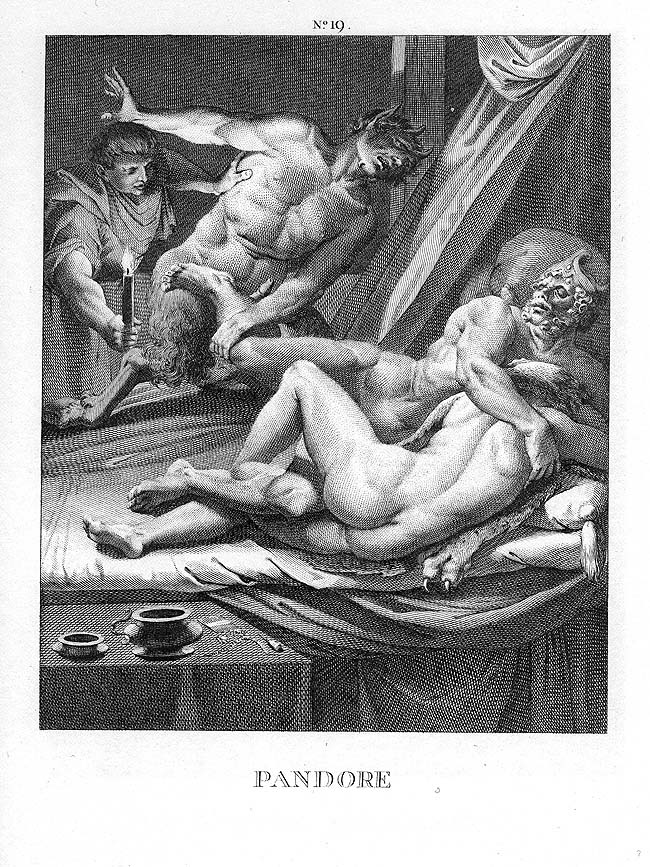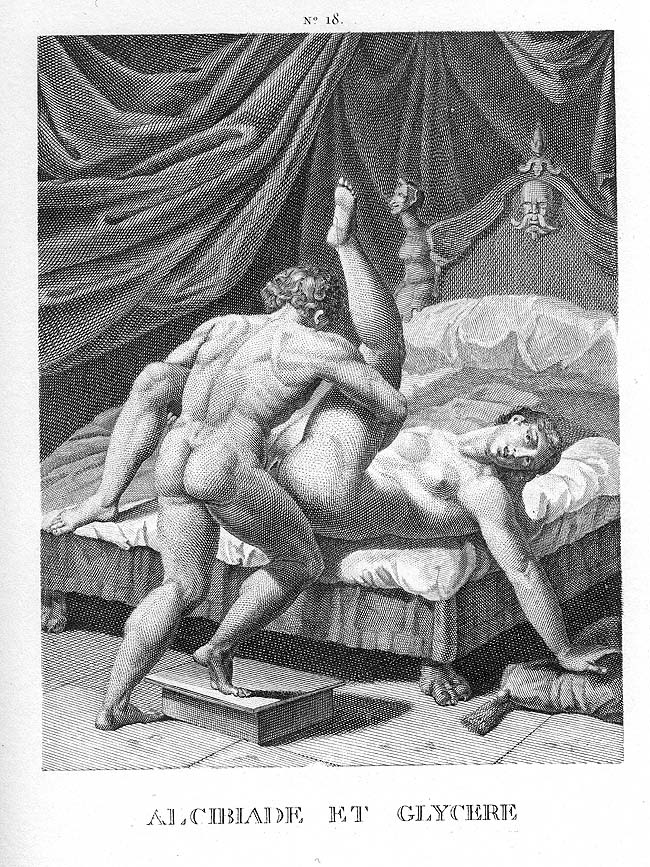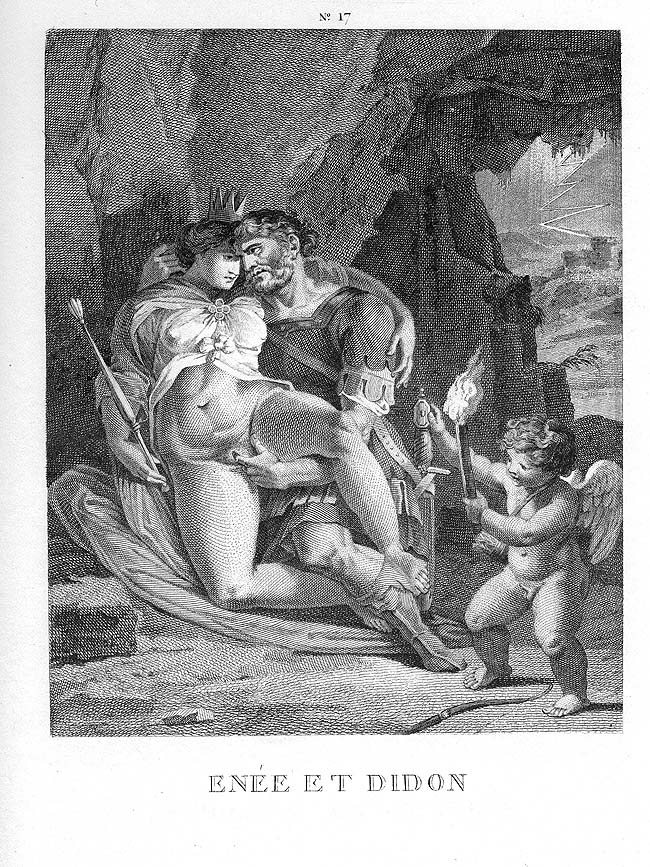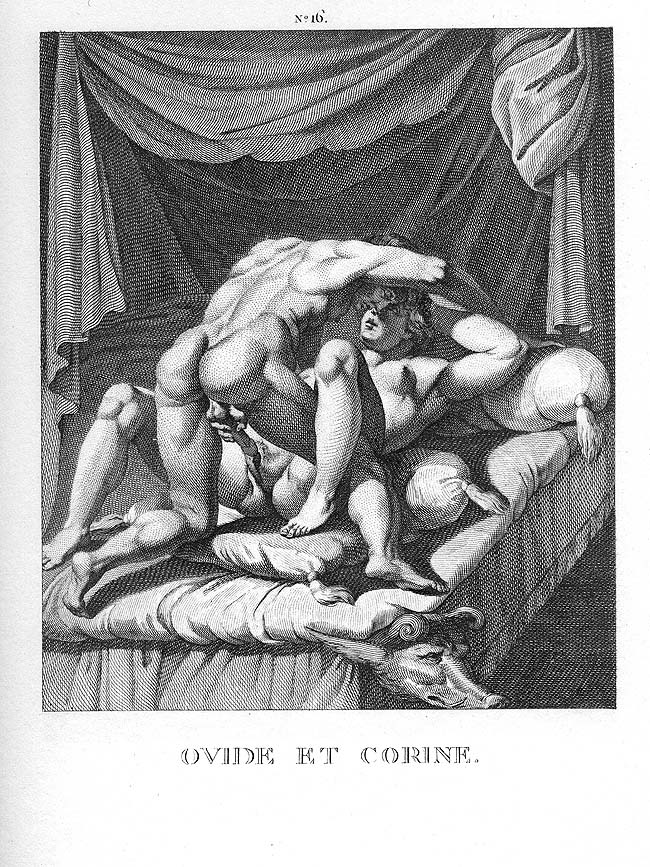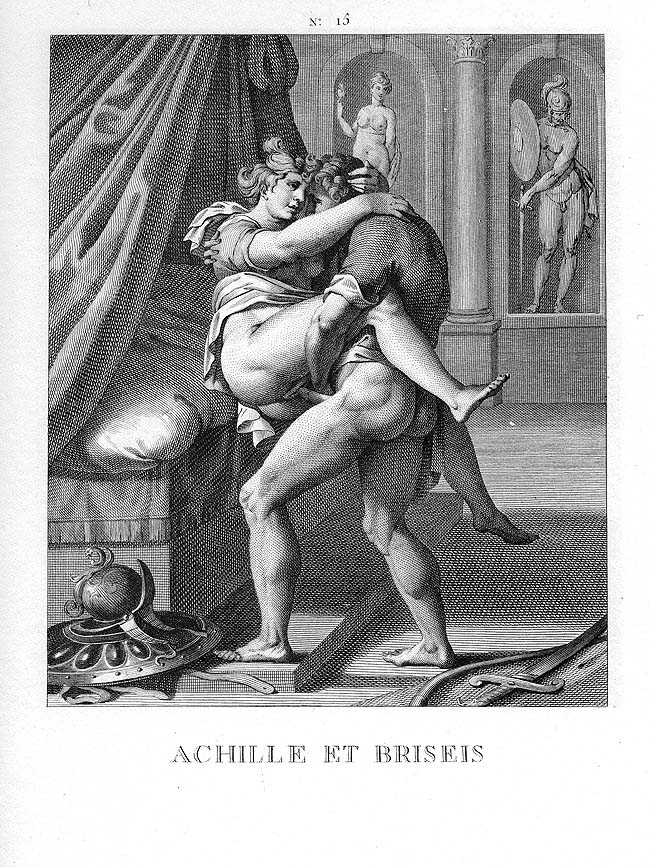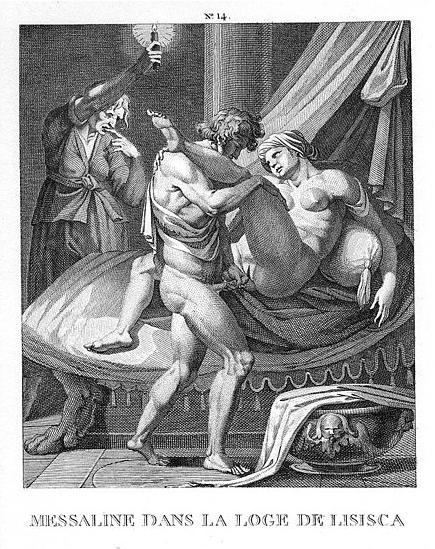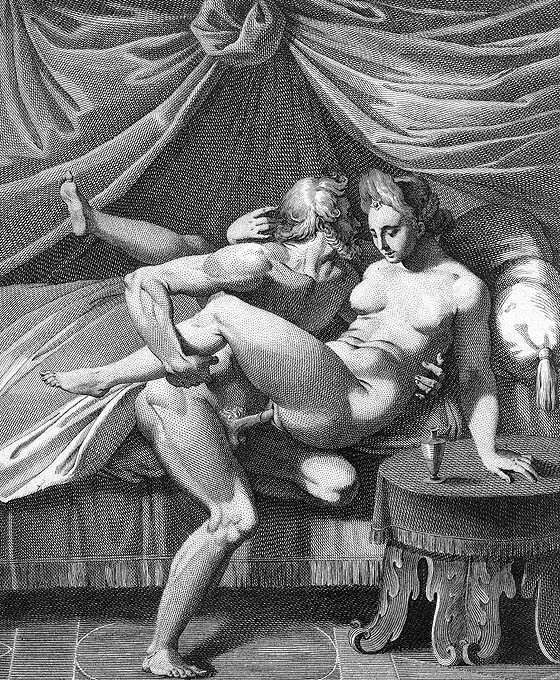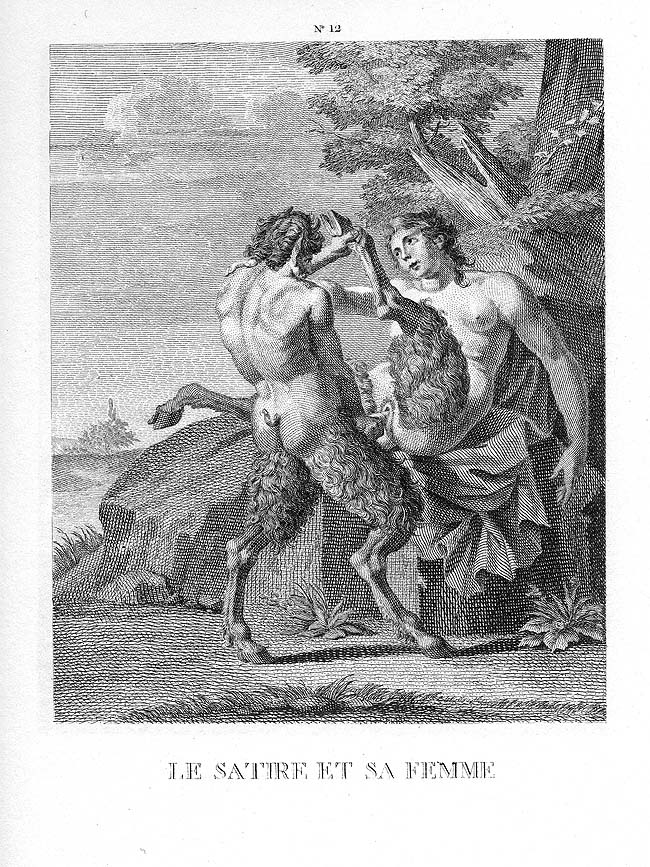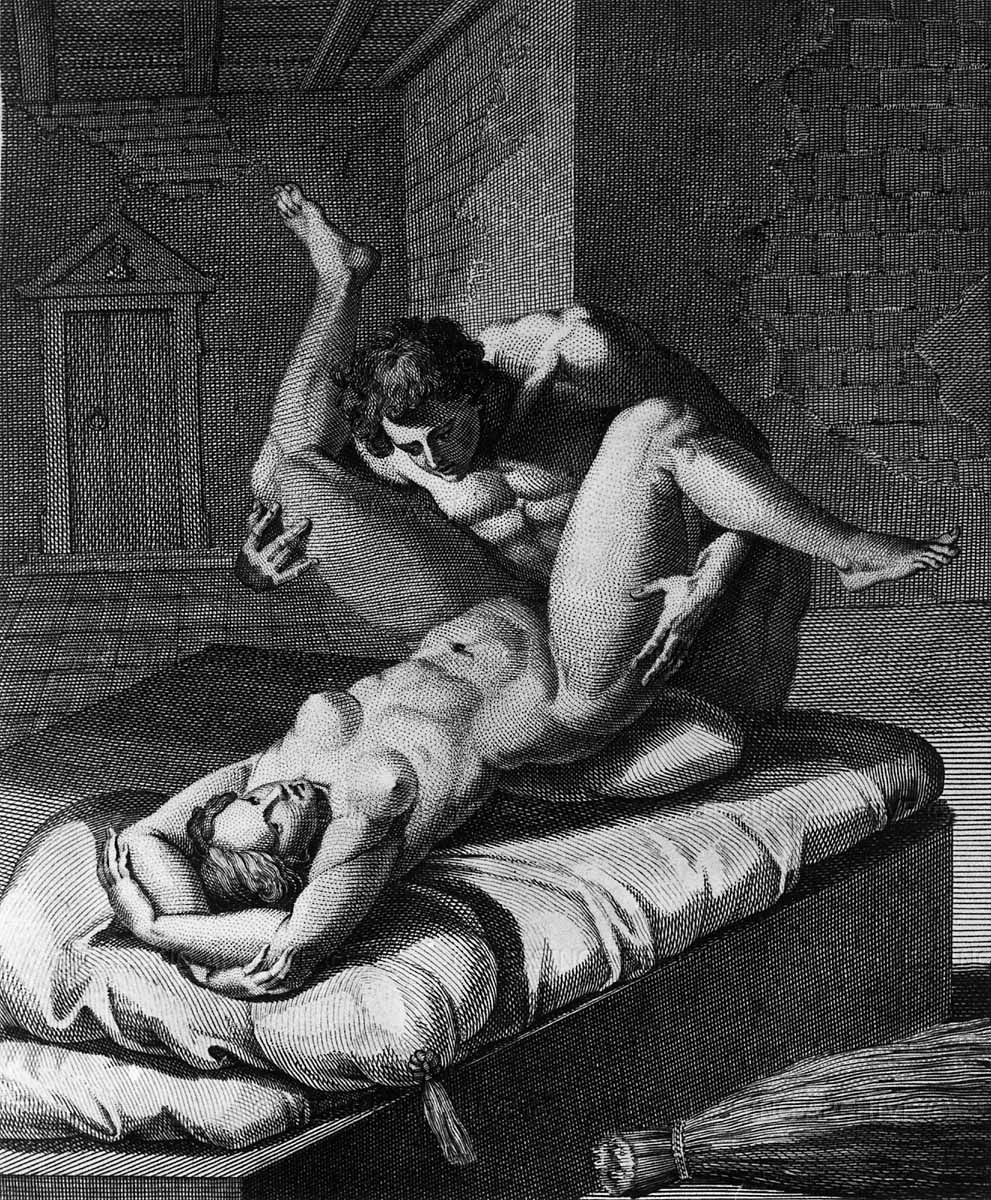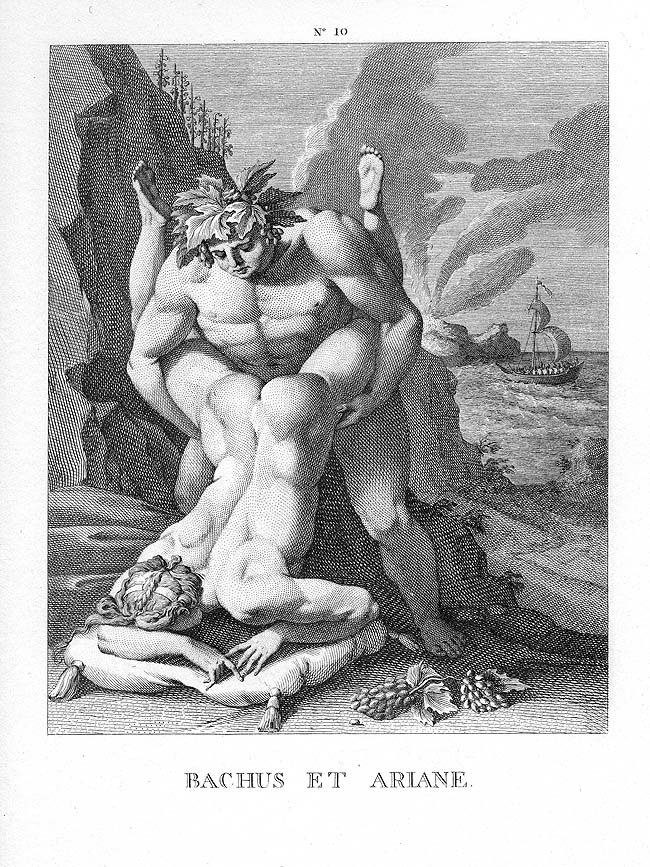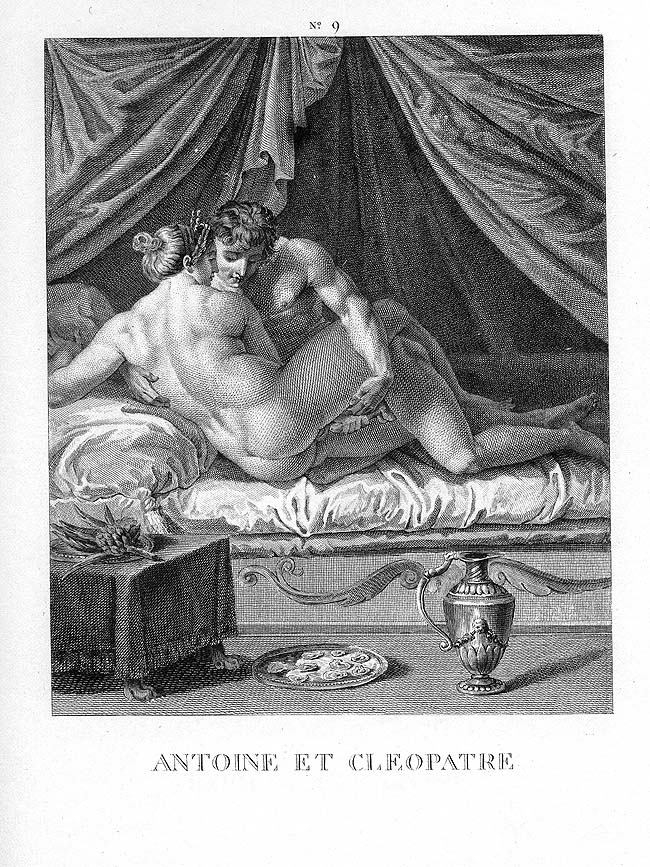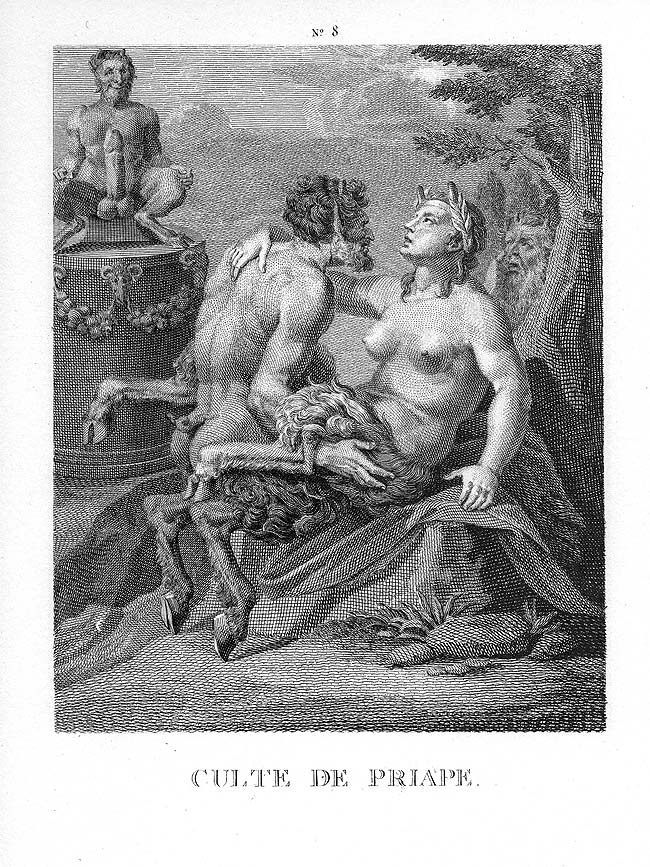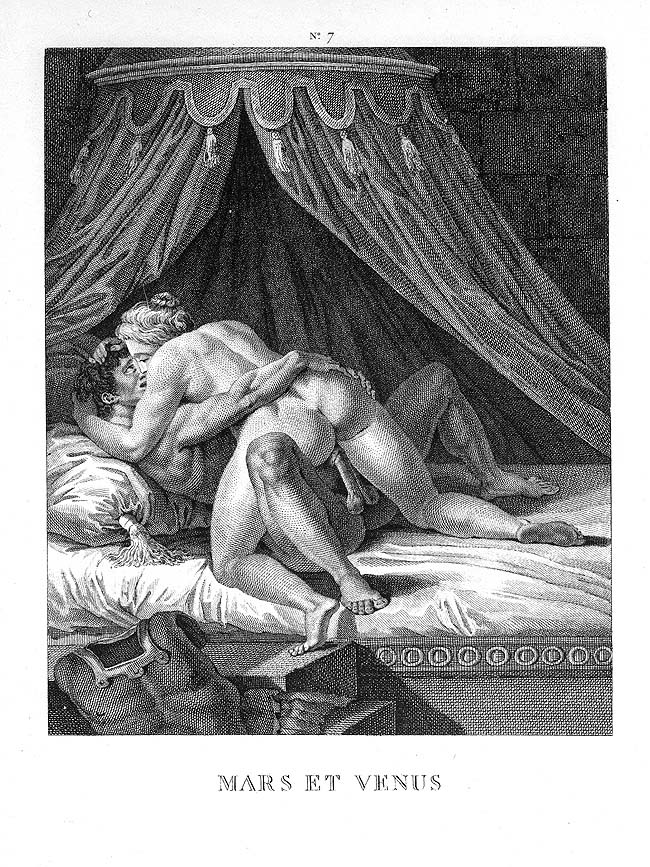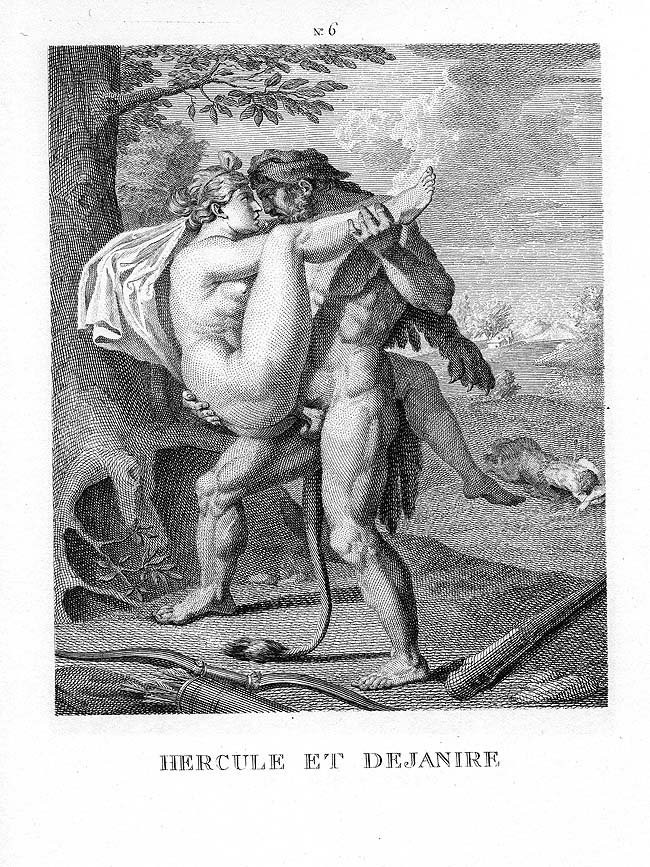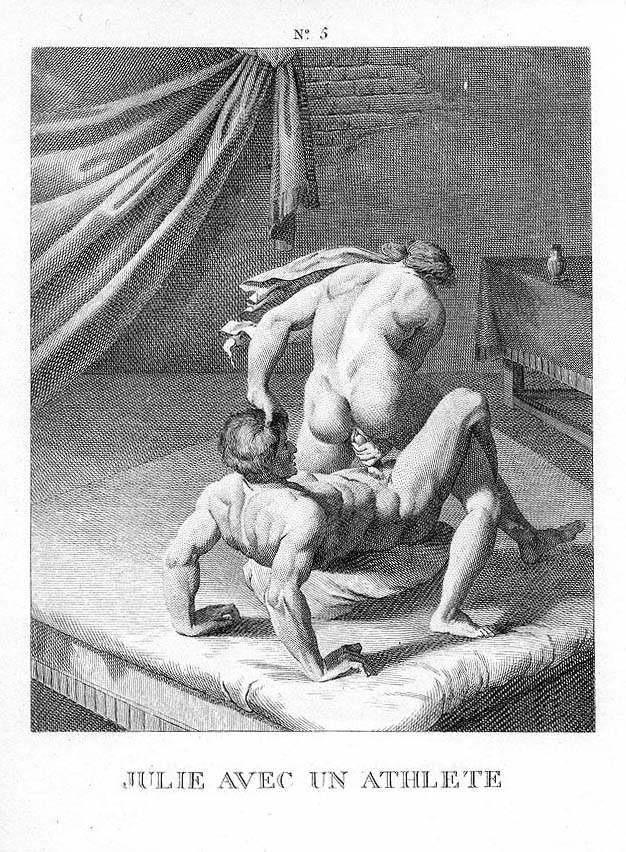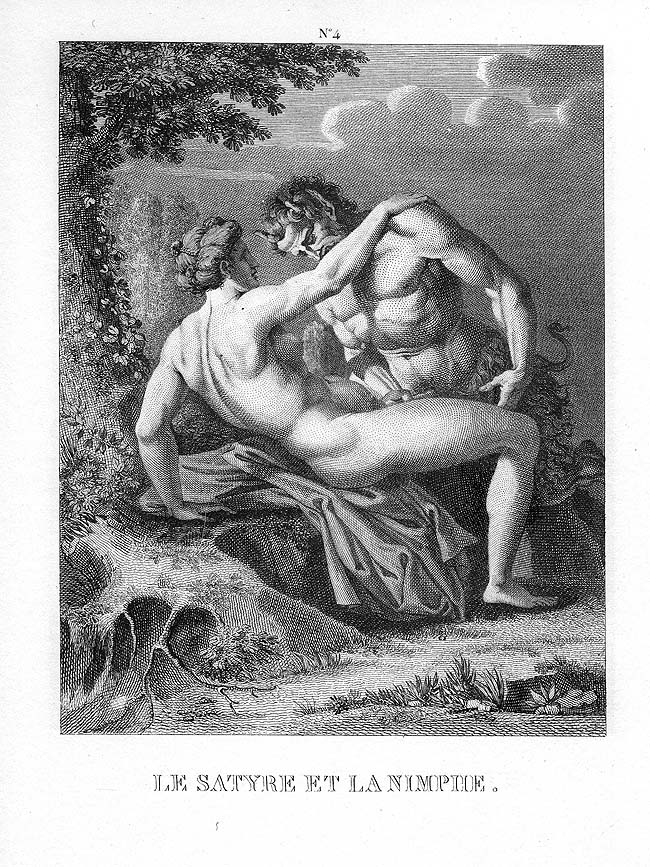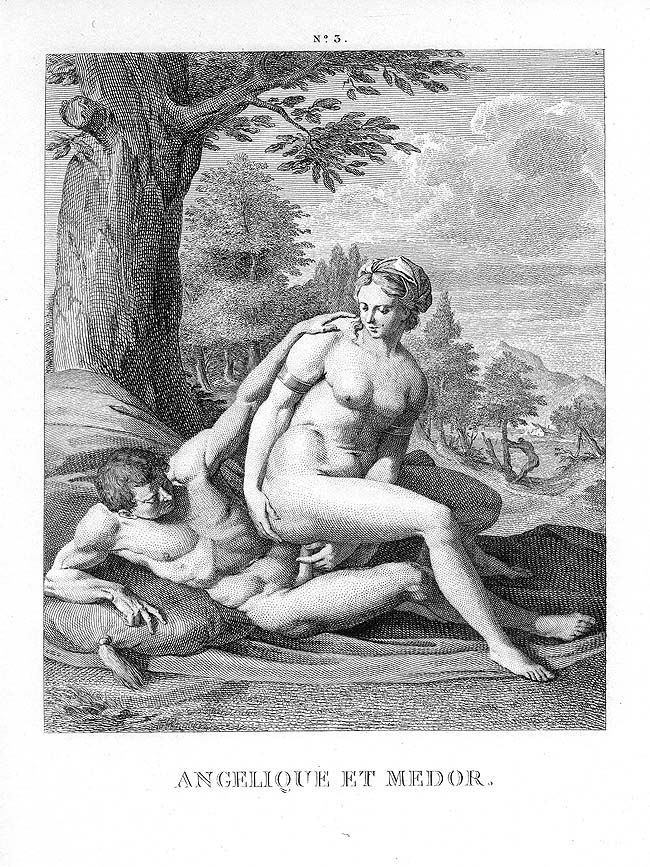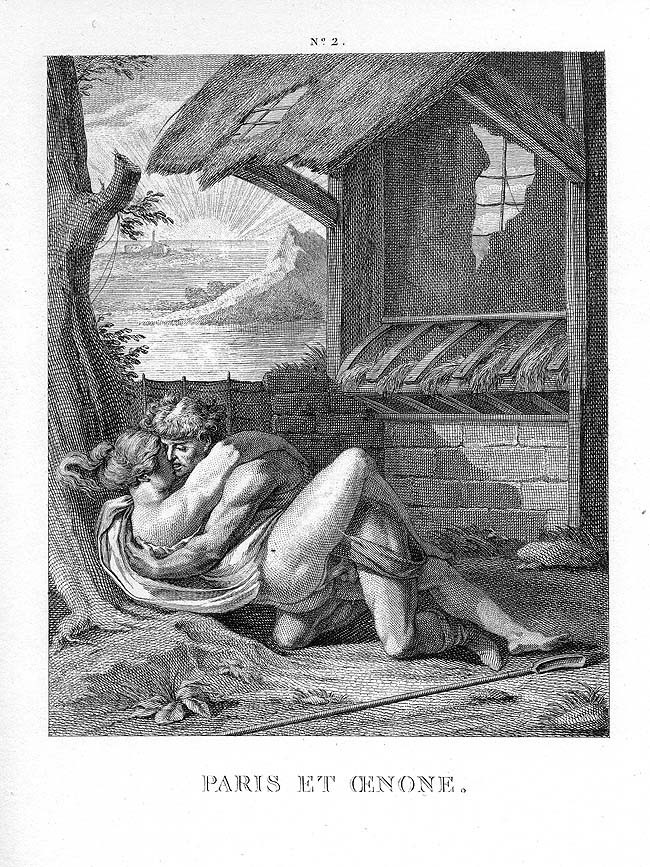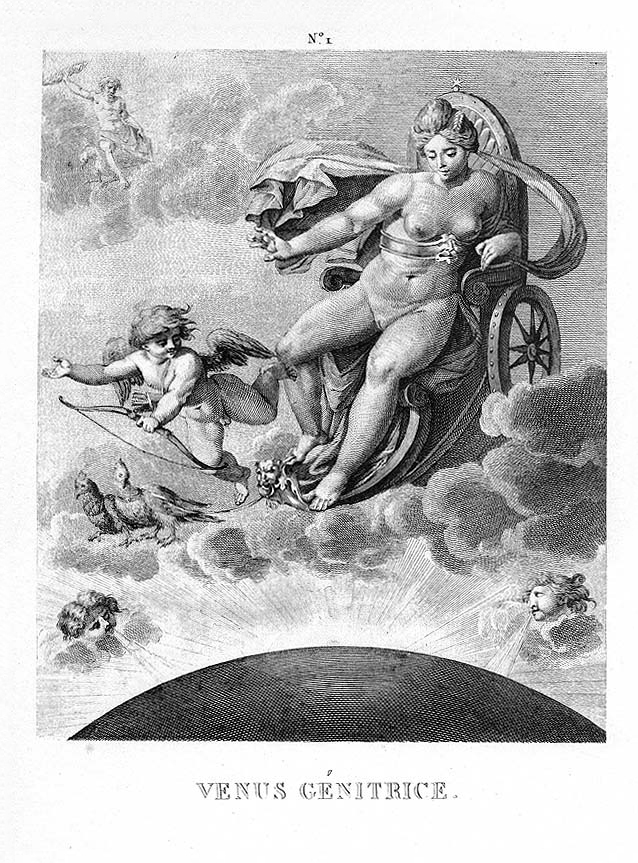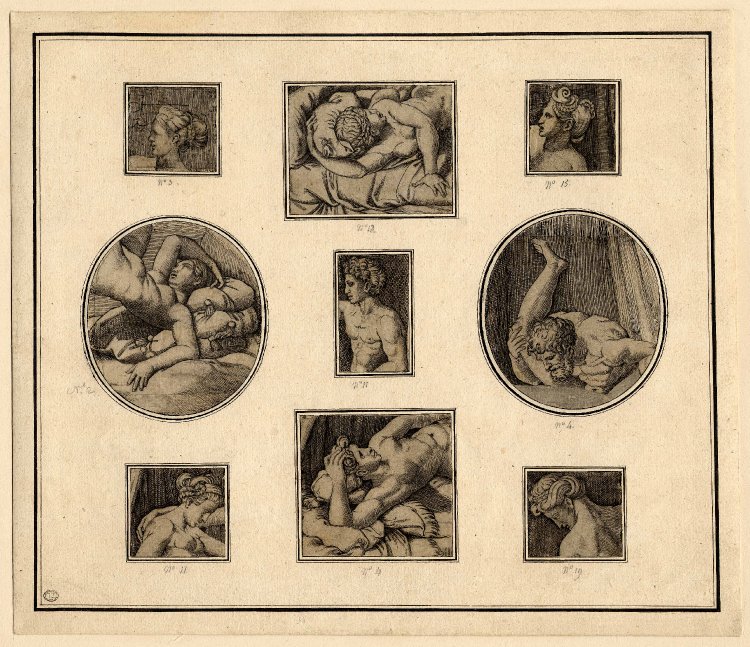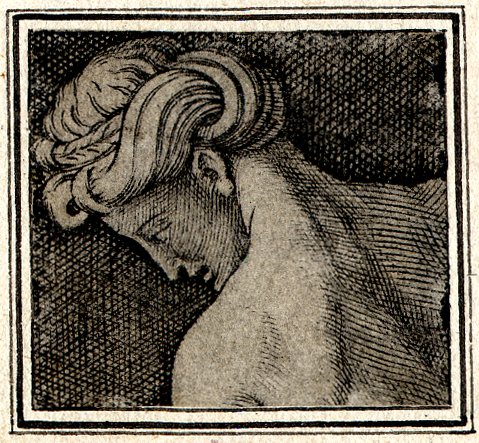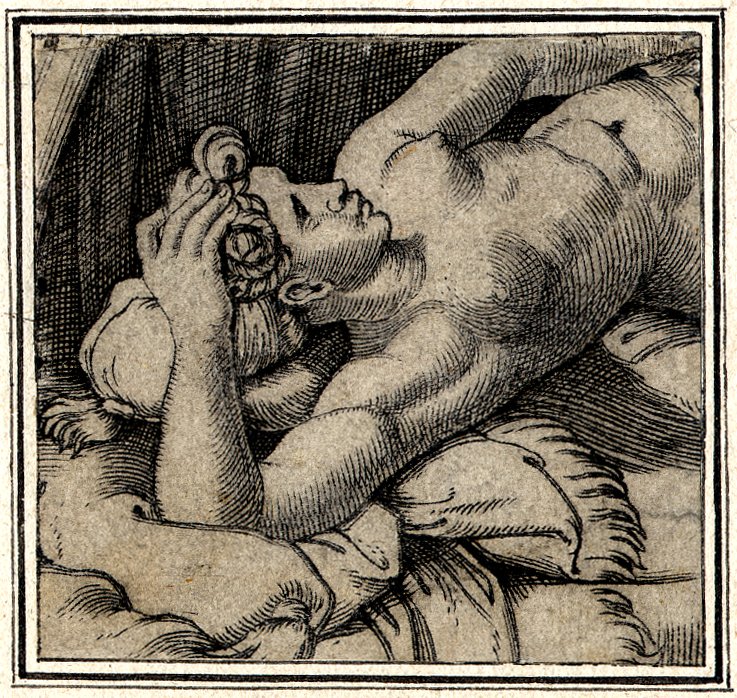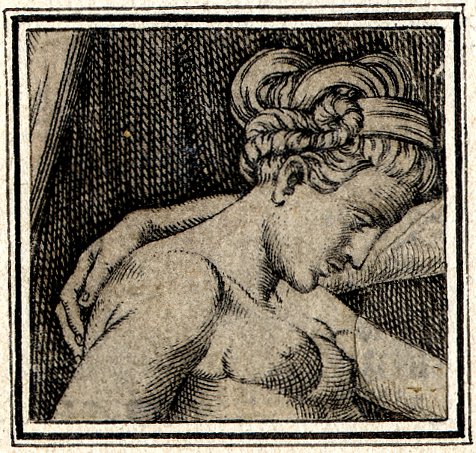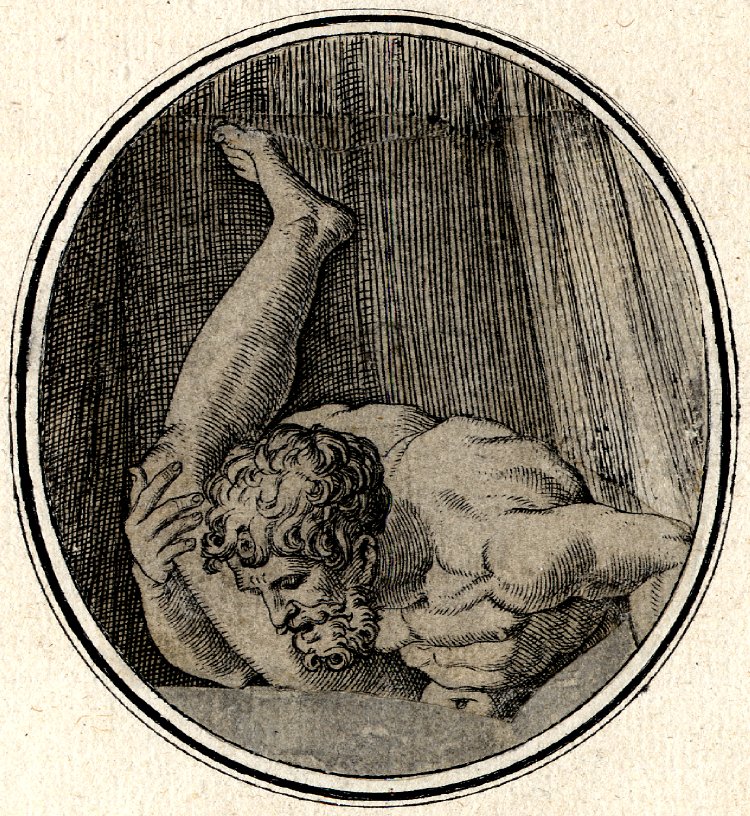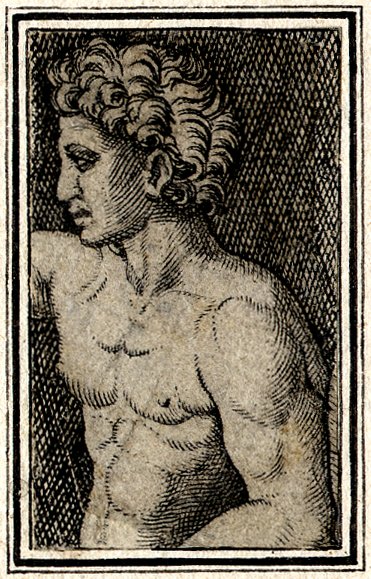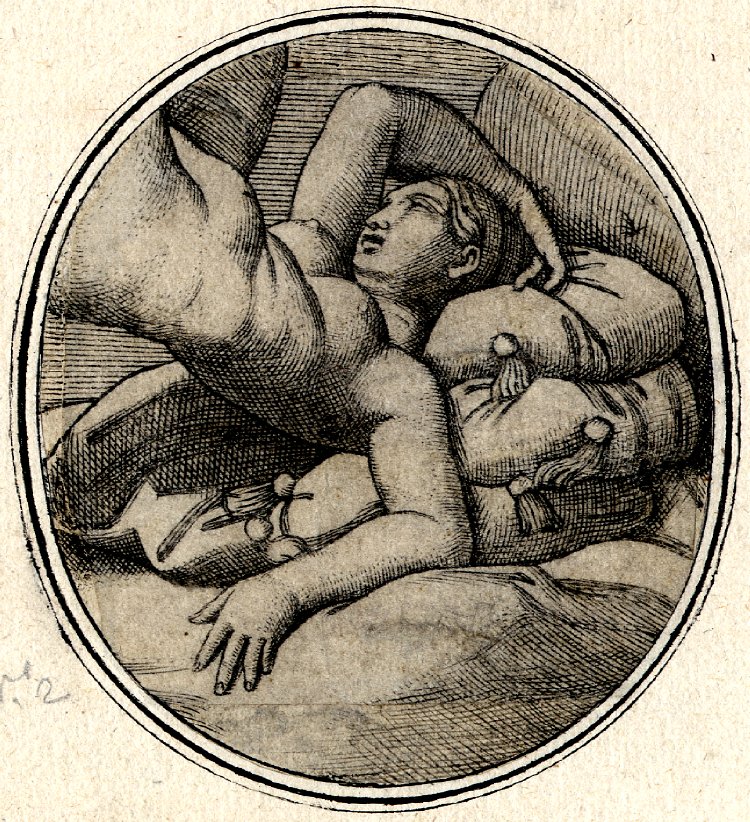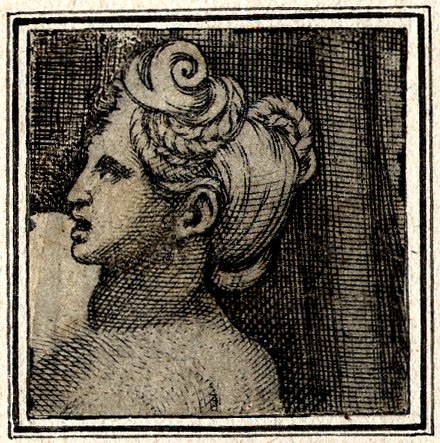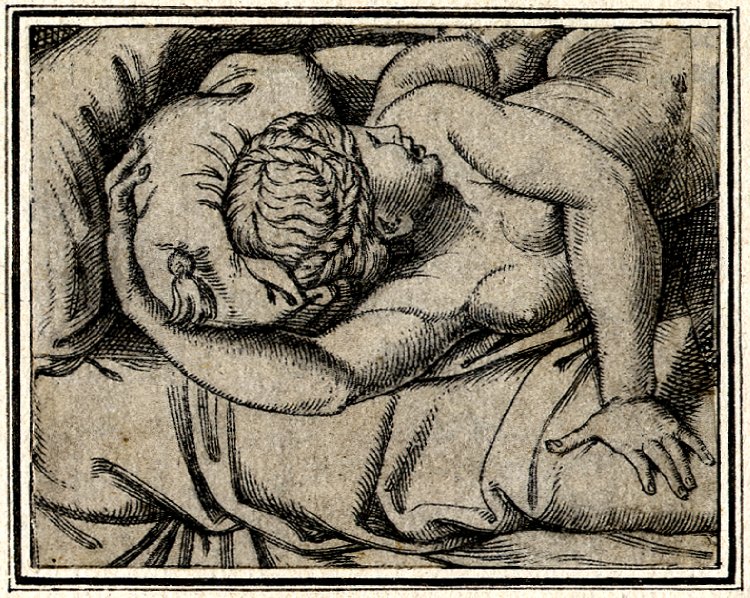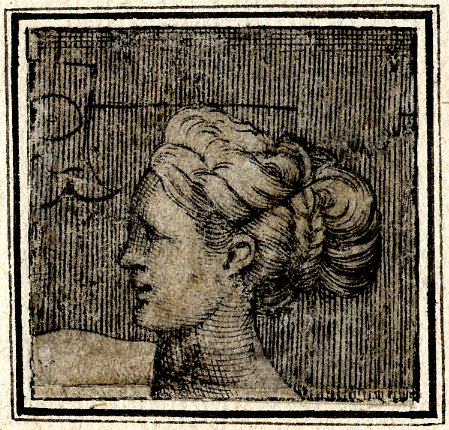|
I II III IIII IIIII IIIIII IIIIIII IIIIIIII IIIIIIIII IIIIIIIIII IIIIIIIIIII IIIIIIIIIIII lllllllllllll IIIIIIIIIIIIII IIIIIIIIIIIIIII IIIIIIIIIIIIIIII IIIIIIIIIIIIIIII IIIIIIIIIIIIIIII IIIIIIIIIIIIIIIII IIIIIIIIIIIIIIIIII IIIIIIIIIIIIIIIIIII
|
FRAGMENTS FROM THE ORIGINAL 1524 I MODI (ENGRAVINGS)
I Modi (The Ways), also known as The Sixteen Pleasures or under the Latin title De omnibus Veneris Schematibus, is a famous erotic book of the Italian Renaissance in which a series of sexual positions were explicitly depicted in engravings.[2] While the original edition was apparently completely destroyed by the Catholic Church, fragments of a later edition survived. The second edition was accompanied by sonnets written by Pietro Aretino, which described the sexual acts depicted. The original illustrations were probably copied by Agostino Caracci, whose version survives. The original edition was created by the engraver Marcantonio Raimondi, basing his sixteen images of sexual positions on, according to the traditional view, a series of erotic paintings that Giulio Romano was doing as a commission for Federico II Gonzaga’s new Palazzo Te in Mantua.[3] Raimondi had worked extensively with Romano's master Raphael, who had died in 1520, producing prints to his design. The engravings were published by Raimondi in 1524, and led to his imprisonment by Pope Clement VII and the destruction of all copies of the illustrations. Romano did not become aware of the engravings until the poet Pietro Aretino came to see the original paintings while Romano was still working on them. Romano was not prosecuted since—unlike Raimondi—his images were not intended for public consumption. Aretino then composed sixteen explicit[4] sonnets to accompany the paintings/engravings, and secured Raimondi’s release from prison. I Modi were then published a second time in 1527, now with the poems that have given them the traditional English title Aretino's Postures, making this the first time erotic text and images were combined, though the papacy once more seized all the copies it could find. Raimondi escaped prison on this occasion, but the suppression on both occasions was comprehensive. No original copies of this edition have survived, with the exception of a few fragments in the British Museum, and two copies of posture 1. A, possibly infringing[5] copy with crude illustrations in woodcut, printed in Venice in 1550,[6] and bound in with some contemporary texts was discovered in the 1920s, containing fifteen of the sixteen postures.[7] Despite the seeming loss of Raimondi’s originals today, it seems certain that at least one full set survived, since both the 1550 woodcuts and the so-called Caracci suite of prints (see below) agree in every compositional and stylistic respect with those fragments that have survived. Certainly, unless the engraver of the Caracci edition had access to the British Museum’s fragments, and reconstructed his compositions from them, the similarities are too close to be accidental.[8] In the 17th century, certain Fellows of All Souls College, Oxford, engaged in the surreptitious printing at the University Press of Aretino's Postures, Aretino's De omnis Veneris schematibus and the indecent engravings after Giulio Romano. The Dean, Dr. John Fell, impounded the copper plates and threatened those involved with expulsion.[9][10] The text of Aretino’s sonnets, however, survives.
Nine fragments depicting the 'Loves of the Gods' (I Modi), mounted on a sheet; four depicting a female head in profile, three depicting the naked upper torso and head of a female reclining on a bed in various positions suggesting intercourse; two nude males seen from the torso up Engraving
|
I II III IIII IIIII IIIIII IIIIIII IIIIIIII IIIIIIIII IIIIIIIIII IIIIIIIIIII IIIIIIIIIIII lllllllllllll IIIIIIIIIIIIII IIIIIIIIIIIIIII IIIIIIIIIIIIIIII IIIIIIIIIIIIIIII IIIIIIIIIIIIIIII IIIIIIIIIIIIIIIII IIIIIIIIIIIIIIIIII IIIIIIIIIIIIIIIIIII
|

